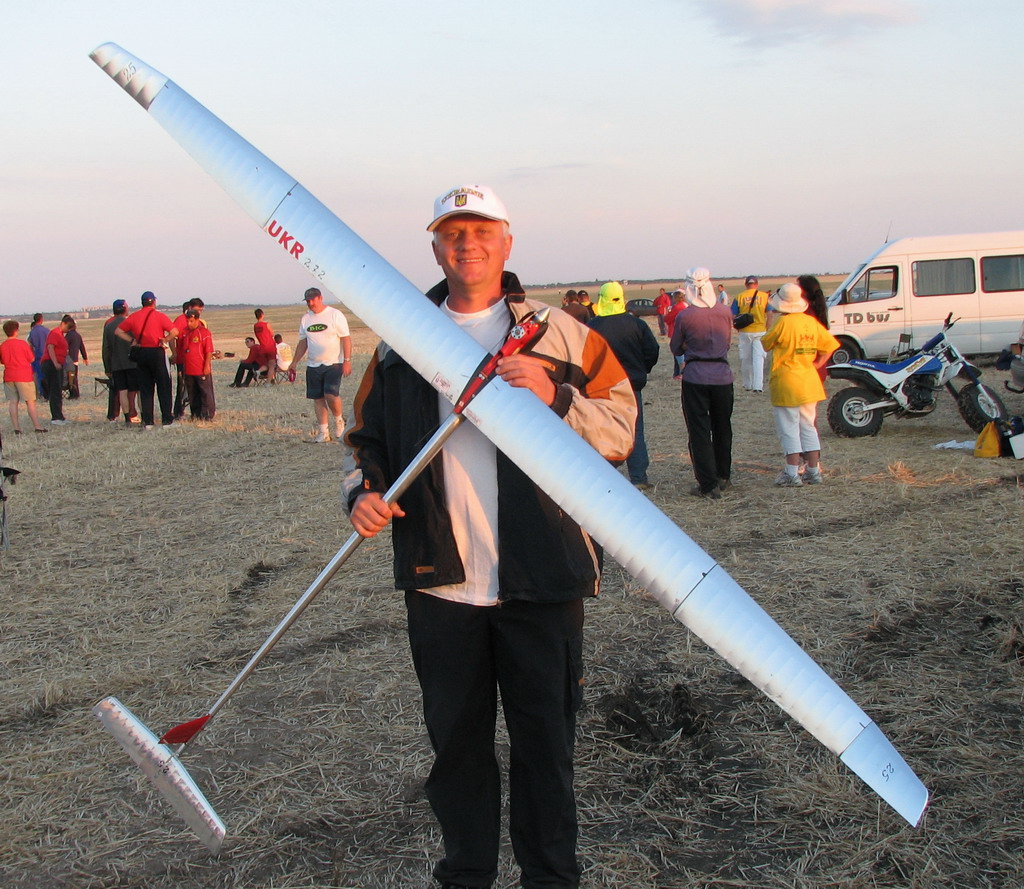If I wanted to design an aircraft for autonomous operation and maximum endurance, what design philosophies provide the greatest benefit? I'm imagining a powered glider. Does not have to be highly maneuverable.
I'm interested in relative proportions, wingspan, length, center of gravity, center of pressure, wing placement, dihedral/anhedral, engine placement, fuel type, etc.
- Is there a "sweet spot" for center of gravity relative to center of lift so as to maximize stability?
- Since it will be mostly autonomous (computer-controlled), can I design for less inherent stability?
- What engines/fuel types are the most efficient?

